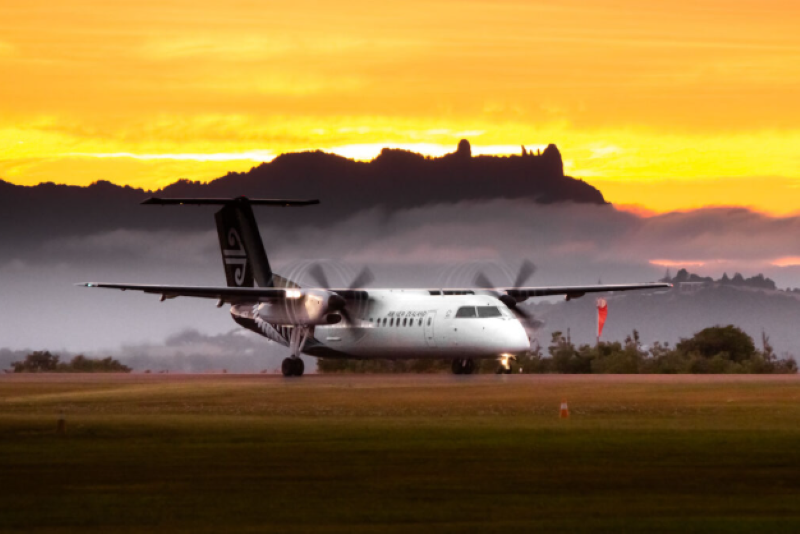Sweden: Siltanews – News Desk
Air New Zealand has announced new emission reduction projections for 2030 after contentiously scrapping its Science Based Target last year, citing lack of progress in development of low-emission aircraft, sustainable aviation fuels and government policies to support air transport decarburization. In its newly released 2030 Emissions Guidance, the airline says it now expects well-to-wake greenhouse gas emissions from jet fuel to fall by 20-25% compared to 2019.
But the guidance will be updated annually in the carrier’s Climate Statement, which is published each August, to reflect changes in market conditions or domestic and international policies which impact air transport. We remain committed to achieving net zero emissions by 2050, pledged the airline’s Chief Sustainability and Corporate Affairs Officer, Kiri Hannifin.
We are taking practical steps towards achieving that ambition,” she said, announcing the airline’s 2030 Emissions Guidance. “Having a comprehensive and annually updated outlook of our emissions trajectory to 2030, and a clear understanding of how we can get there, is a critical stepping stone.”
Long considered an advocate of sustainable aviation, Air New Zealand had committed that by 2030 it would reduce its carbon intensity by 28.9% compared to 2019, equivalent to a 16.3% cut in absolute emissions over that term – a position which was validated by the Science Based Targets initiative (SBTi).
But last year the airline controversially ditched its 2030 target and withdrew from the SBTi, conceding that widespread external uncertainty was compromising its decarburization efforts and necessitating extended use of older, less efficient aircraft.
Among the elements which led to its decision were failures of, or delays to, next-generation aircraft and propulsion programs, several of which the airline was considering as part of its decarburization strategy.
As a result, it decided to extend beyond 2030 the use of its ageing fleet of 23 De Havilland Canada Q300 turboprops, when it had hoped to start replacing them with next-generation aircraft or retrofitting new low-or-no emission powertrains.
The updates of the airlines expected net emissions by 2030 will be based on detailed ongoing modeling of the carrier’s progress towards decarburization, plus external market conditions including government policy developments.
Hannifin said the airline’s new approach would provide “high levels of transparency in a rapidly evolving environment,” which were heavily impacted by factors outside the airline’s control.
Rather than setting an emissions target that remains static, regular emissions guidance will give our investors and customers an up to date and clear view of our expected emissions trajectory, including the impact from external risks and opportunities,” she explained.

